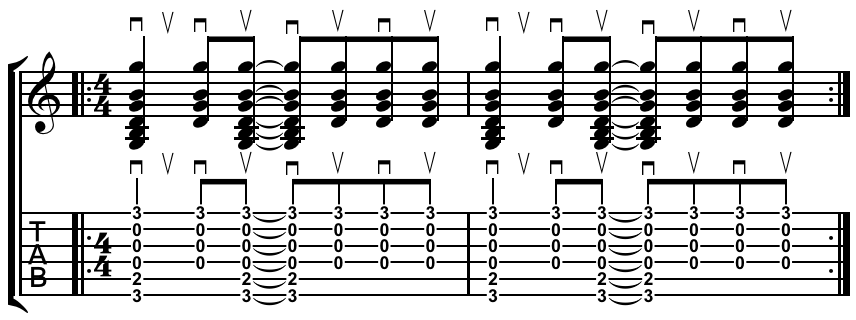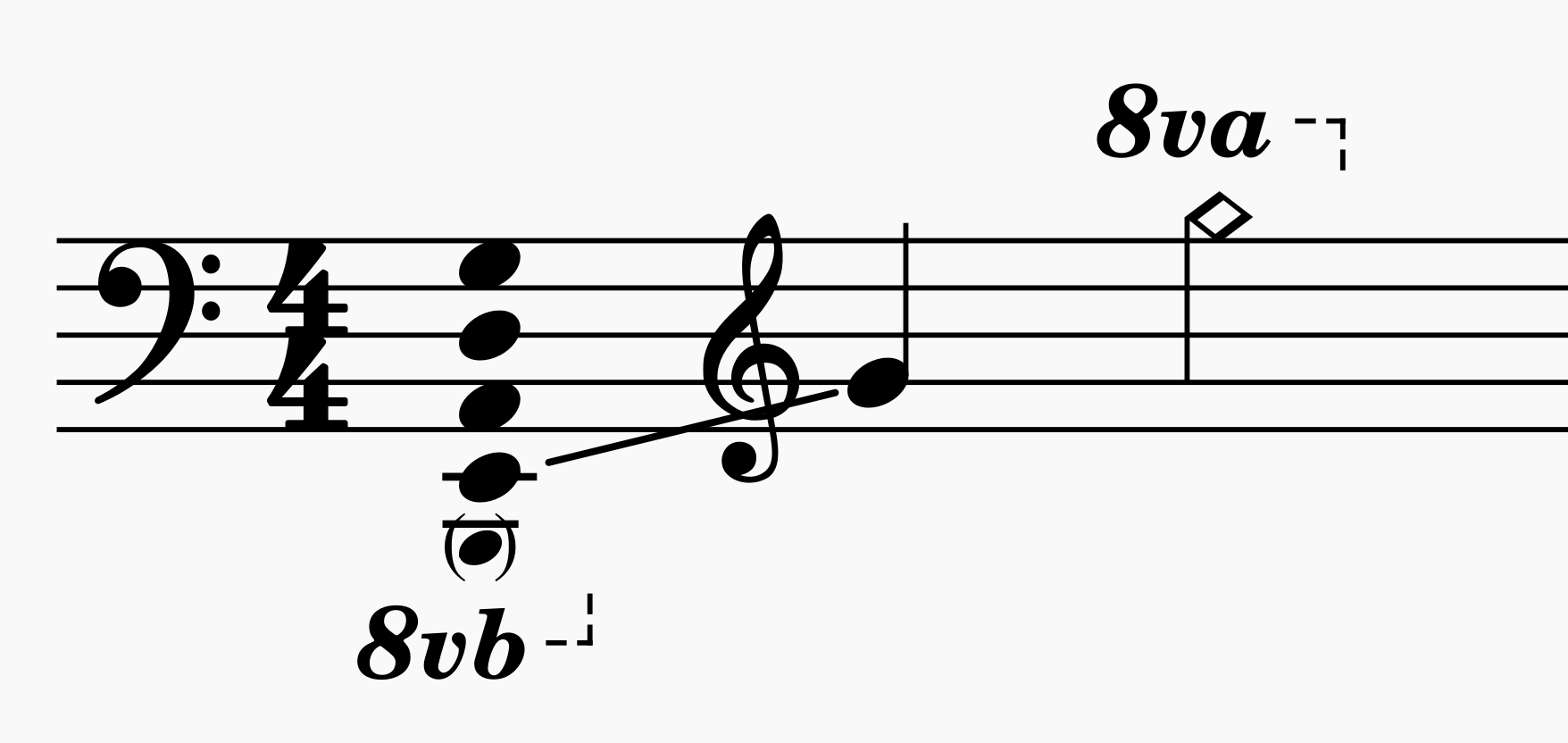|
Cryptopsy (album)
''Cryptopsy'' is the seventh studio album by Canadian technical death metal band Cryptopsy. It was released on September 14, 2012. Track listing Personnel Cryptopsy *Matt McGachy – vocals *Jon Levasseur – lead guitar *Christian Donaldson – rhythm guitar *Olivier Pinard – bass *Flo Mounier – drums Production *Jef Fortin – mastering *Christian Donaldson – production Production may refer to: Economics and business * Production (economics) * Production, the act of manufacturing goods * Production, in the outline of industrial organization, the act of making products (goods and services) * Production as a stati ..., engineering, mixing *Anthony Dubois – photography *Mircea Gabriel Eftemie – cover art, artwork, design References {{Authority control 2012 albums Cryptopsy albums ... [...More Info...] [...Related Items...] OR: [Wikipedia] [Google] [Baidu] |
Cryptopsy
Cryptopsy is a Canadian technical death metal band from Montreal, formed in 1988. History Necrosis (1988–1992) Necrosis was formed in April 1988 by drummer Mike Atkin, guitarist Steve Thibault and vocalist Dan "Lord Worm" Greening, initially under the name Obsessive Compulsive Disorder. John Todds later joined on bass. The band released several demos, including ''Mastication and Heterodontism'' (1989), ''Realms of Pathogenia'' (1991) and ''Necrosis'' (1992). Atkin left the band to continue more into the Speed metal/Thrash direction, and was replaced by Flo Mounier, at which time the band changed their name to "Cryptopsy". Todds left shortly thereafter, retiring from music to focus on his family; he was replaced by Kevin Weagle; Dave Galea also joined the band. ''Blasphemy Made Flesh'' (1993–1995) In 1993, Cryptopsy released their debut demo, '' Ungentle Exhumation''. This demo caught the attention of local label Gore Records, which re-released the demo and, for a brief peri ... [...More Info...] [...Related Items...] OR: [Wikipedia] [Google] [Baidu] |
Technical Death Metal
Technical death metal (also referred to as tech-death) is a musical subgenre of death metal that began and developed in the early- to mid-1990s, with particular focus on challenging, demanding instrumental skill and complex songwriting. Technical experimentation in death metal began in the late 1980s and early 1990s by four bands that are often grouped together as "technical death metal's Big Four" – Death, Pestilence, Atheist, and Cynic – as well as Nocturnus; all but Pestilence being part of the Florida death metal scene. Some of the distinct features of this genre include dynamic song structures, complex and atypical rhythmic structures, abundant use of diminished chords and arpeggios, frequent employment of odd time chord progressions, and constant use of string skipping on the guitars. Bass lines are usually complex, and the drums are extremely fast-paced with abundant use of blast beats and other extreme drumming techniques. The technical death metal genre has ... [...More Info...] [...Related Items...] OR: [Wikipedia] [Google] [Baidu] |
The Unspoken King
''The Unspoken King'' is the sixth studio album by Canadian death metal band Cryptopsy. The album was released on May 26, 2008 in Europe, and June 24, 2008 in the US by Century Media Records. It was the last album to feature guitarist Alex Auburn and bassist Eric Langlois. Keyboardist Maggie Durand was also removed from the band shortly after completion. ''The Unspoken King'' is controversial for its deathcore sound, a huge departure from the technical death metal style the band had become known for over the previous decade. Because of this, the album garnered mostly negative reception from longtime fans. However, some critics praised the album. Background ''The Unspoken King'' was originally to be called ''The Book of Suffering'', and was to be a double album, but on April 23, 2007, Cryptopsy announced that lead vocalist Lord Worm had been fired from the band and they were looking for a new vocalist. Following this, Cryptopsy revealed the addition of vocalist Matt McGachy and ... [...More Info...] [...Related Items...] OR: [Wikipedia] [Google] [Baidu] |
Technical Death Metal
Technical death metal (also referred to as tech-death) is a musical subgenre of death metal that began and developed in the early- to mid-1990s, with particular focus on challenging, demanding instrumental skill and complex songwriting. Technical experimentation in death metal began in the late 1980s and early 1990s by four bands that are often grouped together as "technical death metal's Big Four" – Death, Pestilence, Atheist, and Cynic – as well as Nocturnus; all but Pestilence being part of the Florida death metal scene. Some of the distinct features of this genre include dynamic song structures, complex and atypical rhythmic structures, abundant use of diminished chords and arpeggios, frequent employment of odd time chord progressions, and constant use of string skipping on the guitars. Bass lines are usually complex, and the drums are extremely fast-paced with abundant use of blast beats and other extreme drumming techniques. The technical death metal genre has ... [...More Info...] [...Related Items...] OR: [Wikipedia] [Google] [Baidu] |
Death Growl
A death growl, or simply growl, is an extended vocal technique usually employed in extreme styles of music, particularly in death metal and other extreme subgenres of heavy metal music. Death growl vocals are sometimes criticized for their "ugliness", but their unintelligibility contributes to death metal's abrasive style and often dark and obscene subject matter.Sharpe-Young, Garry. ''Death Metal'', Definition Death metal, in particular, is associated with growled vocals; it tends to be lyrically and thematically darker and more morbid than other forms of metal, and features vocals which attempt to evoke chaos, death, and misery by being "usually very deep, guttural, and unintelligible." Natalie Purcell notes, "Although the vast majority of death metal bands use very low, beast-like, almost indiscernible growls as vocals, many also have high and screechy or operatic vocals, or simply deep and forcefully-sung vocals."Purcell, Natalie J. ''Death Metal Music:The Passion and P ... [...More Info...] [...Related Items...] OR: [Wikipedia] [Google] [Baidu] |
Lead Guitar
Lead guitar (also known as solo guitar) is a musical part for a guitar in which the guitarist plays melody lines, instrumental fill passages, guitar solos, and occasionally, some riffs and chords within a song structure. The lead is the featured guitar, which usually plays single-note-based lines or double-stops. In rock, heavy metal, blues, jazz, punk, fusion, some pop, and other music styles, lead guitar lines are usually supported by a second guitarist who plays rhythm guitar, which consists of accompaniment chords and riffs. History The first form of lead guitar emerged in the 18th century, in the form of classical guitar styles, which evolved from the Baroque guitar, and Spanish Vihuela. Such styles were popular in much of Western Europe, with notable guitarists including Antoine de Lhoyer, Fernando Sor, and Dionisio Aguado. It was through this period of the classical shift to romanticism the six-string guitar was first used for solo composing. Through the 19t ... [...More Info...] [...Related Items...] OR: [Wikipedia] [Google] [Baidu] |
Rhythm Guitar
In music performances, rhythm guitar is a technique and role that performs a combination of two functions: to provide all or part of the rhythmic pulse in conjunction with other instruments from the rhythm section (e.g., drum kit, bass guitar); and to provide all or part of the harmony, i.e. the chords from a song's chord progression, where a chord is a group of notes played together. Therefore, the basic technique of rhythm guitar is to hold down a series of chords with the fretting hand while strumming or fingerpicking rhythmically with the other hand. More developed rhythm techniques include arpeggios, damping, riffs, chord solos, and complex strums. In ensembles or bands playing within the acoustic, country, blues, rock or metal genres (among others), a guitarist playing the rhythm part of a composition plays the role of supporting the melodic lines and improvised solos played on the lead instrument or instruments, be they strings, wind, brass, keyboard or even ... [...More Info...] [...Related Items...] OR: [Wikipedia] [Google] [Baidu] |
Bass Guitar
The bass guitar, electric bass or simply bass (), is the lowest-pitched member of the string family. It is a plucked string instrument similar in appearance and construction to an electric or an acoustic guitar, but with a longer neck and scale length, and typically four to six strings or courses. Since the mid-1950s, the bass guitar has largely replaced the double bass in popular music. The four-string bass is usually tuned the same as the double bass, which corresponds to pitches one octave lower than the four lowest-pitched strings of a guitar (typically E, A, D, and G). It is played primarily with the fingers or thumb, or with a pick. To be heard at normal performance volumes, electric basses require external amplification. Terminology According to the ''New Grove Dictionary of Music and Musicians'', an "Electric bass guitar sa Guitar, usually with four heavy strings tuned E1'–A1'–D2–G2." It also defines ''bass'' as "Bass (iv). A contraction of Double bass ... [...More Info...] [...Related Items...] OR: [Wikipedia] [Google] [Baidu] |
Drum Kit
A drum kit (also called a drum set, trap set, or simply drums) is a collection of drums, cymbals, and other auxiliary percussion instruments set up to be played by one person. The player (drummer) typically holds a pair of matching drumsticks, one in each hand, and uses their feet to operate a foot-controlled hi-hat and bass drum pedal. A standard kit may contain: * A snare drum, mounted on a stand * A bass drum, played with a beater moved by a foot-operated pedal * One or more tom-toms, including rack toms and/or floor toms * One or more cymbals, including a ride cymbal and crash cymbal * Hi-hat cymbals, a pair of cymbals that can be manipulated by a foot-operated pedal The drum kit is a part of the standard rhythm section and is used in many types of popular and traditional music styles, ranging from rock and pop to blues and jazz. __TOC__ History Early development Before the development of the drum set, drums and cymbals used in military and orchestral mu ... [...More Info...] [...Related Items...] OR: [Wikipedia] [Google] [Baidu] |
Audio Mastering
Mastering, a form of audio post production, is the process of preparing and transferring recorded audio from a source containing the final mix to a data storage device (the master), the source from which all copies will be produced (via methods such as pressing, duplication or replication). In recent years digital masters have become usual, although analog masters—such as audio tapes—are still being used by the manufacturing industry, particularly by a few engineers who specialize in analog mastering. Mastering requires critical listening; however, software tools exist to facilitate the process. Results depend upon the intent of the engineer, the skills of the engineer, the accuracy of the speaker monitors, and the listening environment. Mastering engineers often apply equalization and dynamic range compression in order to optimize sound translation on all playback systems. It is standard practice to make a copy of a master recording—known as a safety copy—in case t ... [...More Info...] [...Related Items...] OR: [Wikipedia] [Google] [Baidu] |
Record Producer
A record producer is a recording project's creative and technical leader, commanding studio time and coaching artists, and in popular genres typically creates the song's very sound and structure. Virgil Moorefield"Introduction" ''The Producer as Composer: Shaping the Sounds of Popular Music'' (Cambridge, MA & London, UK: MIT Press, 2005). Richard James Burgess, ''The History of Music Production'' (New York: Oxford University Press, 2014)pp 12–13Allan Watson, ''Cultural Production in and Beyond the Recording Studio'' (New York: Routledge, 2015)pp 25–27 The record producer, or simply the producer, is likened to film director and art director. The executive producer Executive producer (EP) is one of the top positions in the making of a commercial entertainment product. Depending on the medium, the executive producer may be concerned with management accounting or associated with legal issues (like copyrights o ..., on the other hand, enables the recording project through entrep ... [...More Info...] [...Related Items...] OR: [Wikipedia] [Google] [Baidu] |






